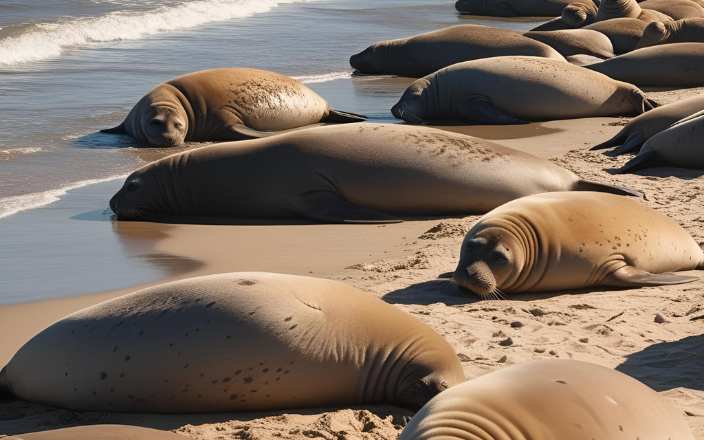In a concerning development for global public health and wildlife conservation, the highly pathogenic avian influenza virus H5N1 has shown increasing signs of adaptation to mammalian hosts in the Southern Cone of South America. Recent outbreaks and scientific studies have revealed that the virus, traditionally confined to avian species, is now infecting and spreading among marine mammals, raising fears of a potential zoonotic leap to humans.
A 2023 outbreak in Argentina marked a turning point. Researchers from the University of California, Davis, and Argentina’s National Institute of Agricultural Technology (INTA) documented mass mortality among elephant seals along the Patagonian coast. Genetic analysis confirmed that the virus had not only infected these mammals but was also transmitting between them—an unprecedented event in the region.
The virus, belonging to clade 2.3.4.4b, has been evolving rapidly since its global resurgence in 2020. After devastating seabird populations in Europe and Africa, it reached the Americas in 2022. By early 2023, it had spread to Argentina, initially affecting poultry before jumping to marine mammals such as sea lions and elephant seals.
The Pan American Health Organization (PAHO) has confirmed outbreaks of H5N1 in mammals across several South American countries, including Argentina, Chile, and Peru. In Argentina’s Chubut province, a South American sea lion tested positive for the virus in 2024, highlighting its continued presence and potential for further adaptation.
What makes this situation particularly alarming is the detection of mutations in the virus that are associated with mammalian adaptation. These genetic changes could enhance the virus’s ability to infect humans, especially if it continues to circulate among mammals.
Experts warn that while human cases remain rare, the increasing frequency of mammalian infections could serve as a stepping stone for the virus to acquire traits necessary for human-to-human transmission. “The more it adapts to mammals, the more important it becomes for humans,” said Dr. Marcela Uhart, a wildlife veterinarian involved in the Argentine study.
Authorities across the region are ramping up surveillance and biosecurity measures, particularly in coastal areas and wildlife reserves. However, scientists stress the need for international cooperation and rapid response strategies to prevent a potential pandemic scenario.
As H5N1 continues to evolve, the Southern Cone has become a critical front in the global effort to monitor and contain this highly adaptable virus.
Sources: Available upon request

